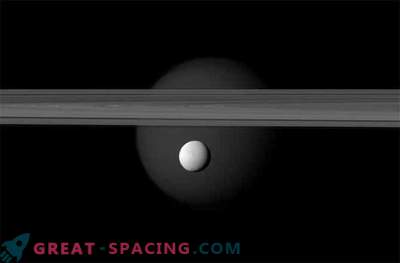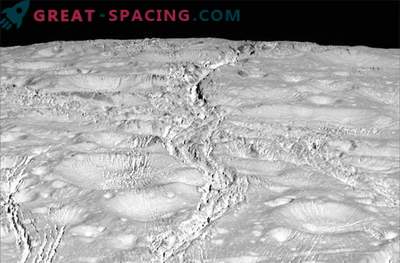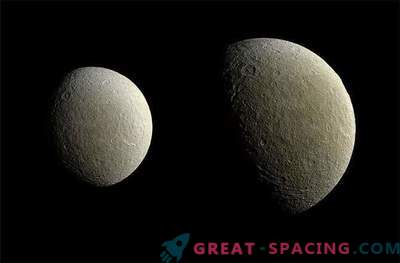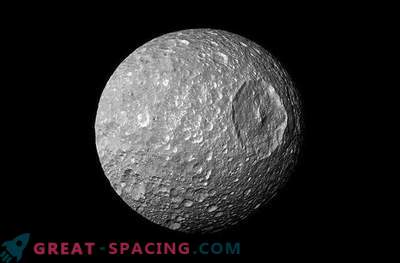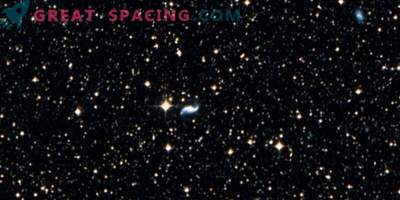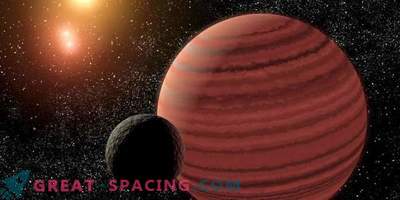Since the epic mission of NASA's Cassini interplanetary station has reached its final phase, consider some photographs of Saturn’s satellites sent to Earth over the past few days.
Titan
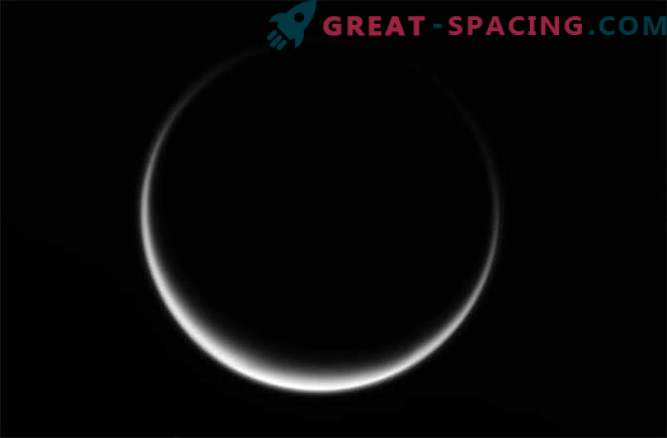
For Cassini this year can be called the year Titan. The long-lived station made 11 passes past the hydrocarbon-filled satellite in order to collect information about its lakes, the atmosphere, possible cryovolcanas and much more.
At the moment, the station is in its penultimate year of mission, in which the gravitational weight of Titan is studied, and next year it will have the last phase - a daring immersion in Saturn's rings, followed by suicidal descent to the planet.
Since Titan is the only satellite in the solar system on which there is a liquid, for researchers it represents an exciting world for knowledge. This year, during the first span (just completed), it was supposed to investigate differences in atmospheric circulation in the northern and southern hemispheres, which is extremely important, given that Saturn is in equinox. This can give a more structural view of the atmosphere (as seen in the satellite photo with a stunning background). It is also planned to find differences in cryovolcanoes, to study the magnitude of gravitational attraction in an attempt to detect a possible ocean surface.
Enceladus
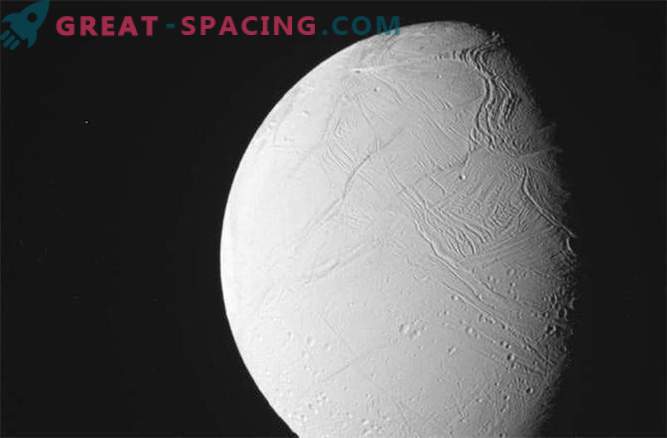
Cassini flew three times past Enceladus at the end of 2015 to get information about this ice-covered and spouting geysers. Data on those close contacts is still coming in, then, as scientists try to learn as much as possible about the nature of the geysers, the possible existence of the ocean beneath the surface, as well as more details about the faults on the surface (which are visible in the picture). One of the passages of the station included an attempt to approach the geyser to determine which elements were inside it.
In the photo: The last passage of Cassini at Enceladus covered with ice.
Tethys

While Cassini did not even have time to fly close to Tefiya, however, even from a far distance from time to time, the station could get images that give some idea of the surface of this small satellite. It probably consists of frozen water, and is also aware of the presence of a huge crater (Odyssey) and a deep cleft (Ithaca). One side of the satellite is always facing Saturn. Also, Tethys has two tiny satellites of its own - Telesto and Calypso.
Mimas

On the images Mimas stripes and craters are clearly visible. Also on Mimas there is a large crater (relative to the size of the satellite), which is called Herschel. He is not visible in the picture, but he has a wall height of about 5 kilometers. It is one of the largest internal satellites of Saturn and deserves the title of one of the most crater-covered bodies in the solar system. Star Wars fans sometimes compare it with the Death Star, since both objects have a similar form. In the photo: Long live Mimas, our companion is the Death Star.
Telesto
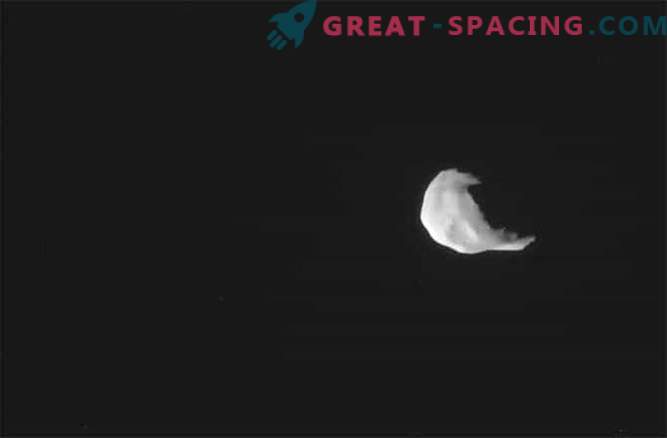
Telesto - satellite of Saturn, having a potato shape. It is not one of the main objects of study, but scientists are trying to answer a question from the field of geological history: why it doesn’t have as many craters as other satellites of the same age. In this image, Telesto is mostly hidden in the shadows, but in other images, where it is fully lit, you can see its smooth surface.
All of these photos (and thousands of others) can be found in the NASA / Jet Propulsion Archive of the University of California, and stunning, processed images can be found on the Cassini Lab site.



